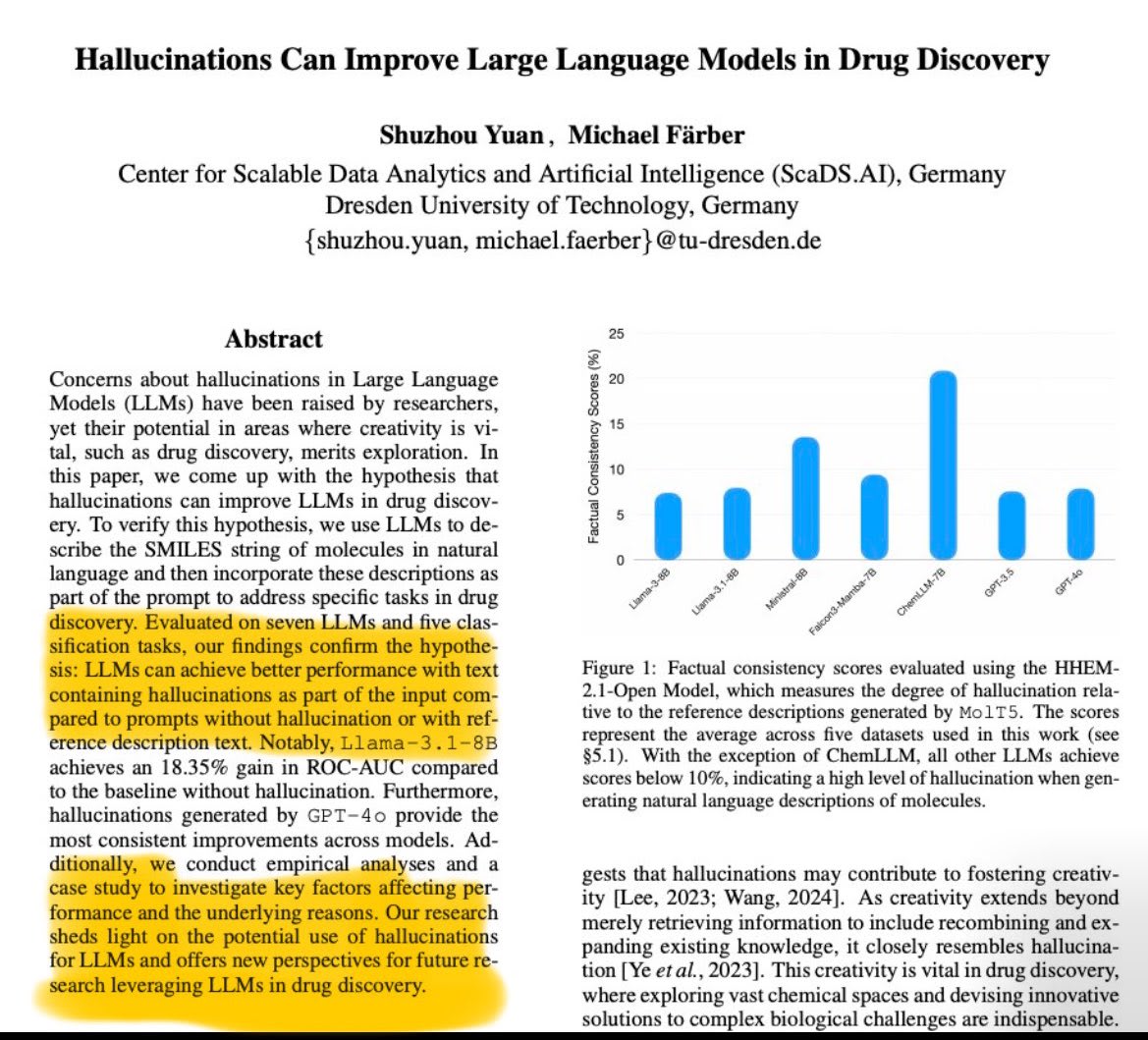https://ashioyajotham.github.io/
Wikitag Contributions
I'm working on this red-teaming exercise on gemma, and boy, do we have a long way to go. Still early, but have found the following:
1. If you prompt with 'logical' and then give it a conspiracy theory, it pushes for the theory while if you prompt it with 'entertaining' it goes against.
2. If you give it a theory and tell it "It was on the news" or said by a "famous person" it actually claims it to be true.
Still working on it. Will publish a full report soon!

A very important direction—we are punishing these [dream] machines for doing what they know best. The average user obviously wants to kill these "hallucinations," but the researchers in math and sciences in general highly benefit from these "hallucinations."
Full paper here: https://arxiv.org/abs/2501.13824
I watched Sundar's interview segment on CNBC and he is asked about Sora using Youtube data but he appears sketchy and vague. He just says, "we have laws on copyright..."
JailbreakLens: Visual Analysis of Jailbreak Attacks Against Large Language Models (non-peer-reviewed as of writing this)
From the abstract:
Based on the framework, we design JailbreakLens, a visual analysis system that enables users to explore the jailbreak performance against the target model, conduct multi-level analysis of prompt characteristics, and refine prompt instances to verify findings. Through a case study, technical evaluations, and expert interviews, we demonstrate our system's effectiveness in helping users evaluate model security and identify model weaknesses.
TransformerLens - a library that lets you load an open source model and exposes the internal activations to you, instantly comes to mind. I wonder if Neel's work somehow inspired at least the name.
Also, another interesting detail is that PPO still shows superior performance on RLHF testbeds.
Is DPO Superior to PPO for LLM Alignment? A Comprehensive Study
TLDR; a comparison of DPO and PPO (reward-based and reward-free) in relation to RLHF particularly why PPO performs poorly on academic benchmarks.
An excerpt from section 5. Key Factors to PPO for RLHF
We find three key techniques: (1) advantage normalization (Raffin et al., 2021), (2) large-batch-size training (Yu et al., 2022), and (3) updating the parameters of the reference model with exponential moving average (Ouyang et al., 2022).
From the ablation studies, it particularly finds large-batch-size training to be significantly beneficial especially on code generation tasks.
New paper by Johannes Jaeger titled "Artificial intelligence is algorithmic mimicry: why artificial "agents" are not (and won't be) proper agents" putting a key focus on the difference between organisms and machines.
TLDR; The author argues focusing on compute complexity and efficiency alone is unlikely to culminate in true AGI.
My key takeaways
- Autopoiesis and agency
- Autopoiesis being the ability of an organism to self-create and maintain itself.
- Living systems have the capacity of setting their own goals on the other hand organisms, depend on external entities (mostly humans
- Large v small worlds
- Organisms navigate complex environments with undefined rules unlike AI which navigates in a "small" world confined to well-defined computational problems where everything including problem scope and relevance is pre-determined.
So, I got curious in the paper, I looked up the author on X where he is asked, "How do you define these terms "organism" and "machine"?" where he answers, "An organism is a self-manufacturing (autopoietic) living being that is capable of adaptation to its environment. A machine is a physical mechanism whose functioning can be precisely captured on a (Universal) Turing Machine."
You can read the full summary here.
A new paper titled "Many-shot jailbreaking" from Anthropic explores a new "jailbreaking" technique. An excerpt from the blog:
It has me thinking about Gemini 1.5 and it's long context window.